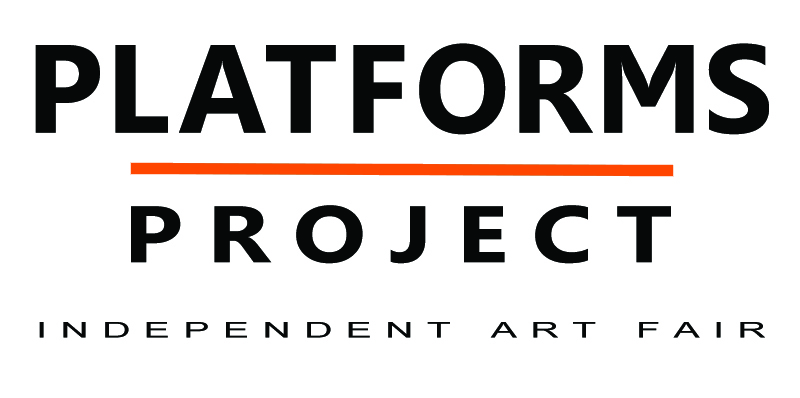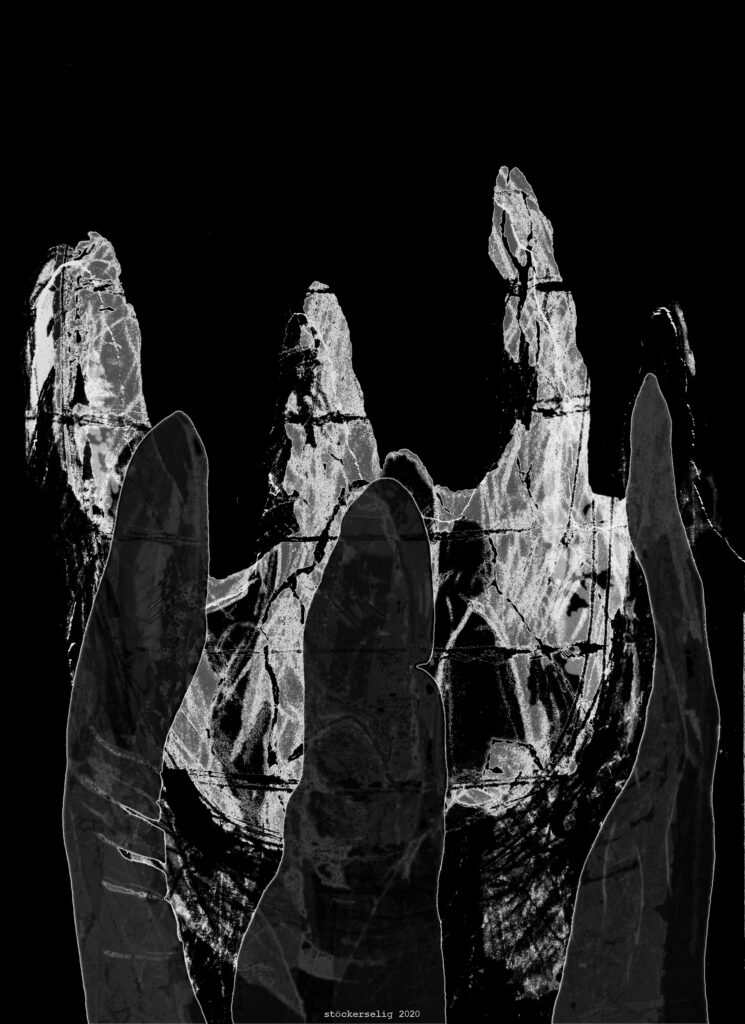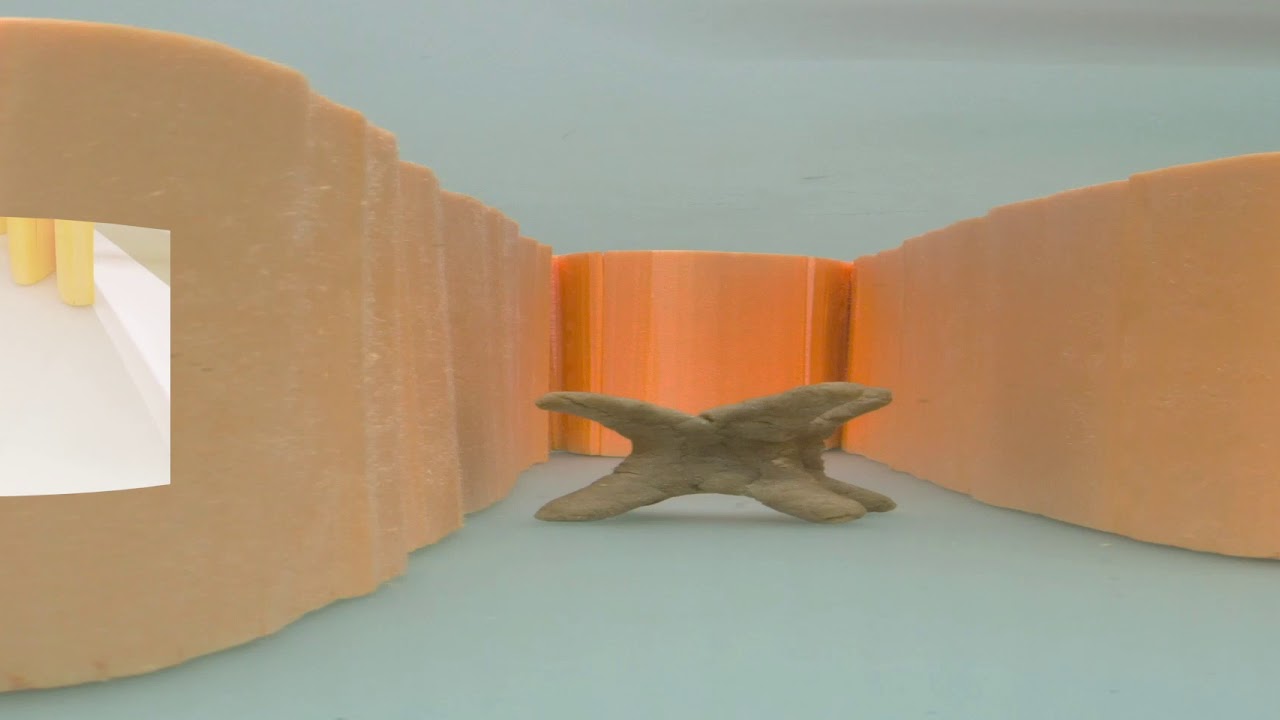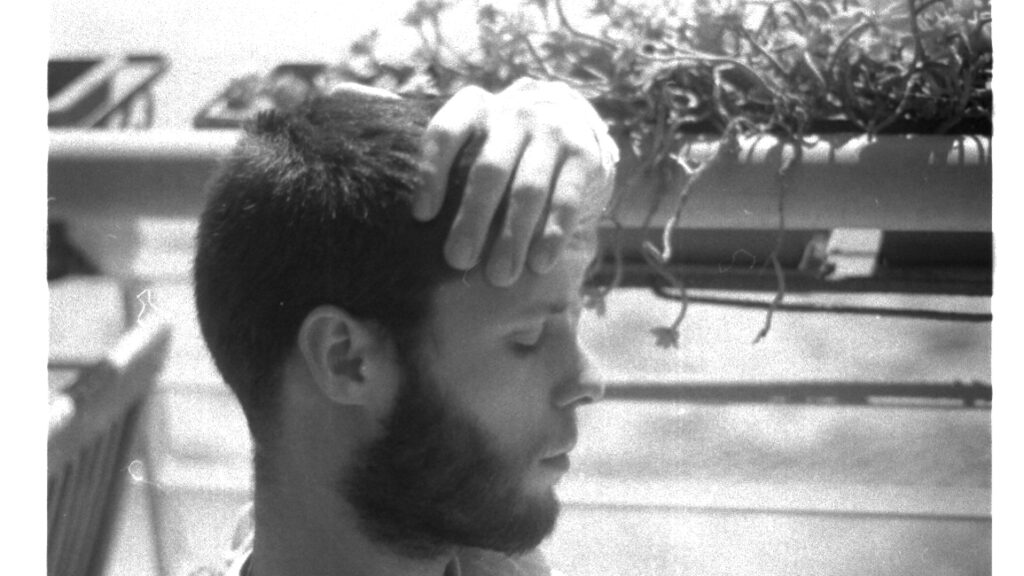- “DAS ESSZIMMER goes” applies to all exhibition projects that are taking place outside the exhibition space in Bonn/GER.
- stöckerselig (Basel/CH)
- Sibylle Feucht (Bonn/DE)
- Sandro Sulaberidze (Tiflis/GE)
- Matthias Aeberli (Basel/CH)
- Anna Vahrami
- Gohar Martirosyan
- Valentina Maz
Platforms Project NET 2021
DAS ESSZIMMER presents Sandro Sulaberidze (Tiflis), stöckerselig (Basel), Sibylle Feucht (Bonn) Anna Vahrami (Yerevan), Gohar Martirosyan (Yerevan), Valentina Maz (Yerevan) and Matthias Aeberli (Basel)
“The objective of Platforms Project is to map artistic action as it is produced in the context of collective initiatives by artists who decide to join forces in seeking answers to artistic questions by creating the so-called platforms.”
Platforms Project, Athen/GR
Platforms Project NET 2021 / booth No.8:
with Sandro Sulaberidze (Tiflis, Georgia) | stöckerselig (Basel, Switzerland) | Sibylle Feucht (Bonn, Germany) | Anna Vahrami (Yerevan, Armenia) | Gohar Martirosyan (Yerevan, Armenia) | Valentina Maz (Yerevan, Armenia) | Matthias Aeberli (Basel, Switzerland)
The selection of the three Armenian artists Anna Vahrami, Gohar Martirosyan and Valentina Maz is part of the collaboration with the Armenian curator Eva Khachatryan (Yerevan, Armenia) and was originally intended to be presented as part of Supermarket Art Fair Stockholm 2020, which did not take place due to Corona.
Material
- Invitation
- press release
- article on culturnow.gr
Sandro Sulaberidze (Tiflis, Georgia)
Where am I? Does the Full Circle Describe Reality?
The Situation caused by the pandemic has definitely transformed our daily routine. In the
context when social gatherings is suppressed Cyberspace emerges as an aid. However, the question remains whether it can actually replace the physical world or not?
The current isolation campaign together with the state of lockdown forces people to adapt to virtual reality – a space where borders between limits and possibilities is blurred. All these temporary changes in social lifestyle will possibly affect people’s lives in the long term.
Where am I? Does the Full Circle Describe Reality? is a deliberate manipulation of geometric, spatial and perceptual perspectives by the author, where he tries to creat fictional layers in an imaginary dimension. He creates a physical illusion for a virtual space.
The main structure of the work is a tiny mock-up exhibition space that’s filmed from inside and outside simultaneously. The model is distorted on-purpose in real world so that it creates imaginative 360 degree world for virtual reality.
stöckerselig (Basel, Switzerland)
Never seen, rare drawings (Selection 2020, Book No.1) brings together drawings that were all created in 2020.
Anna Vahrami (Yerevan, Armenia)
Anna Vahrami (* 1993) deals in her works with her love relationships, her relationship to her body, spaces and social structures. The exchange of individual experiences plays an important role. There are no boundaries, no authorities, no losers, no isms for her.
Anna Vahrami on YouTube
She presents the two videos comfort-come forth and take it easy.
com(e)fort(h), video, 08:41, 2019
com(e)fort(h) is second work from the “holes&balls” cycle which was done in Germany during residency program. This was my first residency experience in Europe. My current calmness and fearlessness were strange to me as if I fall into the trap. I couldn’t understand what my comfort zone was: that calmness (which was totally unexpected for me to be that much relaxed in new country and to try myself in a totally new environment) or being disquieted in Armenia?
It was an attempt to integrate, to have fun and to experience and exercise my body in new place.
take it easy, video, 02:42, 2019
The visual part of the work was formed after the poem, which I wrote in Armenian, then translated into English. Literally, the name translates “calm down.” And I see it as an appeal to the patriarchal system, which is in the process of losing its power. Atomic plant in the background is symbol of patriarchal system
This work is from a new cycle called “holes&balls”.
Bio / Anna Vahrami (b. 1993) lives and works in Yerevan, Armenia. She graduated Yerevan State Academy of Fine Arts in 2013. Starting 2016 Vahrami has been conducting and presenting her artistic research within Armenian contemporary art scene. Her artistic practice is focused on her love relationships, relationships with her body, spaces and social structures. She is rethinking and questioning, playing with forms and points of views. It is important for her to share individual experience. There are no borders no authorities, no losers, no isms for her. Anna also interested in behavioral biology and physiology, psychology and bioenergetics.
Gohar Martirosyan (Yerevan, Armenia)
Embodiment of fears
Throughout history, humanity has a language in order to communicate with fears, via religion, myths and rituals. Pre-Civilianize society embodied their fears in totems. Most of them were set up in areas where natural phenomena that hadn’t been accessible to the human force were fearful.
In nowadays life, we are face to face with our fears. We feed, consume and manufacture them. Fear is a tool of control and measure of power. During the strike, in September 2020, ex-president of Belarus A. Lukashenko revealed on the streets of Minsk more than 10 military vehicles. The equipment was not turned on. However, it was impressive enough in order to dispel fear.
In the frame of this project I study the complex sets of influences that participate in building social fears. The main aspect is over consumption of information. Sociologists have proved that more than 60% of civilians believe that their life is under danger if they stop to follow up the social media. The world today suffers from a strong shortage of the symbolic. Data and information lack any symbolic force, and therefore do not allow any recognition. In the symbolic emptiness those images and metaphors that generate meaning and founding communities that give stability to life are lost. Decrease experience duration. And the contingency radically increases.
According to this study I revealed for myself a strong necessity to find symbols and language in order to embody our fears. – The project is a part of my whole research in process.
(Gohar Martirosyan)
Bio / Gohar Martirosyan (born 1992) is an artist from Gyumri, Armenia. In 2009-2012 Belorussian State University, Faculty of Object-space Environment Design; in 2012-2013 Yerevan State Academy of Fine arts, Faculty of Graphics. Among her recent international exhibitions she has participated are the exhibition “Human Planet”, Depo Gallery, Istanbul, Turkey (2017); project “Tarara” in the framework of Triennial of Contemporary Art in Armenia “The Mount Analogue”, Yerevan, Armenia (collaboration with artist Marta Dell’Angelo, 2017); exhibition “Armenia?” at Future 2 Gallery Vienna.
She is interested in the reasons and conditions in which subjects are being figured out in the society. She tries to find visual means by which dialogue and relationships can be established using art as a tool to help to change and rebirth archetypes.
Valentina Maz (Yerevan, Armenia)
Day 1078
is a self-observational video focused on the fears surrounding Sexuality—Sexuality and emancipation from socially imposed fears represented in Movement.
It is a Movement towards the deconstruction of borders and forms and all the barriers a body can carry as a social structure.
A Movement that embodies both liberation and chaos. One that contains elements of protest against established values and tries to break those by intrusion from beyond.
The tabooed and hidden topic of Sexuality, buried under layers of guilt, can be traced in this work through a self-voyeuristic gaze. This is represented in the struggle of a woman who strives to reach inner freedom and open up the doors to her inner Sexuality, but at the same time, fuses her wishes with social and moral fears.
Bio / Valentina Maz is a visual artist of Armenian origin, born and raised in Egypt. She studied Mass Communication in Cairo, then moved to Armenia and continued her studies in Yerevan, focusing on Visual Arts.
Currently based in Yerevan, she experiments with various media such as photography, video, installations, and illustrations.
She sees her artworks as reflections to her surrounding experiences while questioning the social and personal issues we, contemporary individuals, face today.
Eva Khachatryan, Curator (Yerevan, Armenia)
What is exceptional about young female artists based in Armenia? What are the expectations from them? Is it the new generation rising problematics of anew, outside of “post-soviet”? Can we call it new vision? Is it possible to see reflections of so called “post-revolutionary” new times in their art pieces? Or their positions go beyond the locality and instead of reflecting on recent political changes in the country they prefer to focus on their very personal issues on the micro levels. To answer these questions we decided to show works from three artists – Anna Vahrami, Gohar Martirosyan and Valentina Maz. These artists appear to be together in this exhibit not only because of some common issues they articulate, but also because they are the ones who are under pressure of responsibility being “young generation”, that everybody looking at and has the presumption of something interesting, fresh and new beginning. With this presentation we decided to separate them from that heavy duty of being super special and show them just in a way we see them – adopting tools/vocabulary of contemporary art practices which could be as complicated or as concrete as they get.
Performance and body language is present in all works of these artists. In some of them it is metaphoric expression and in others it is a manifestation of feminist struggle. Sometimes their approach is very sensitive and fragile and sometimes very confident, although based on inner and subjective perception of reality.
Let’s have a look at these 3 artists, contemplate on their situation and the works they are presenting, observe the similarities and differences of their political disposition, listen to their political poetry and read their sexts.









